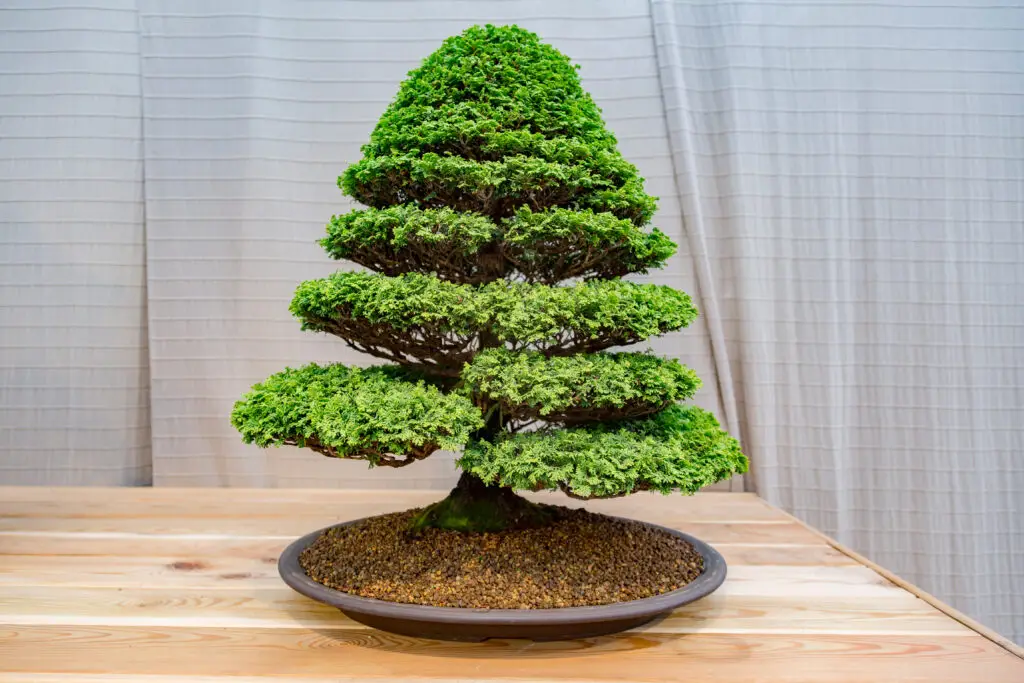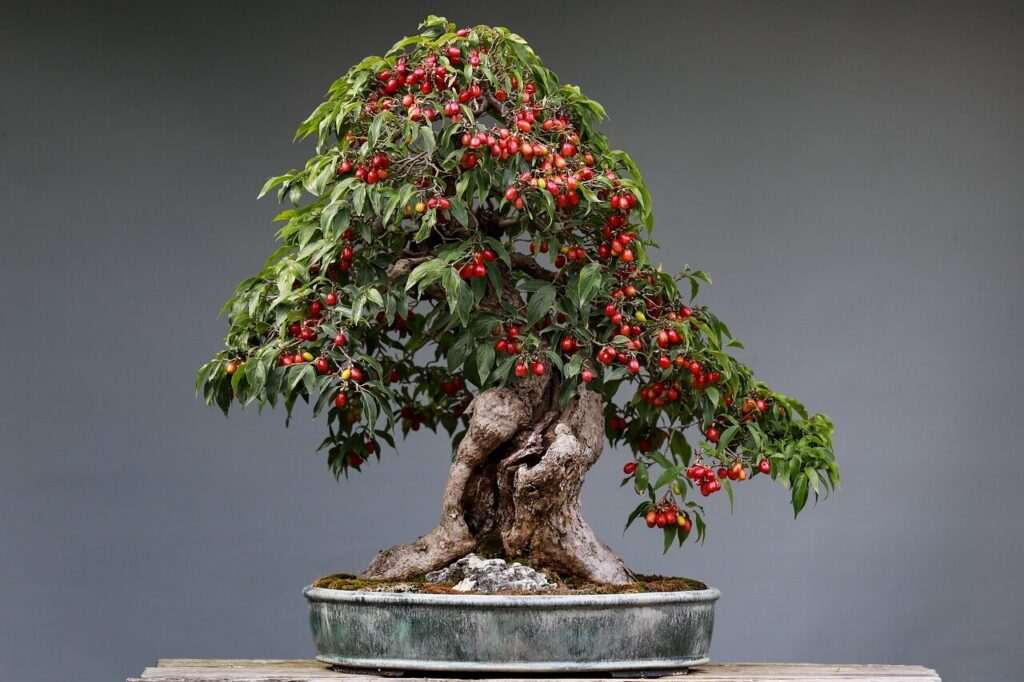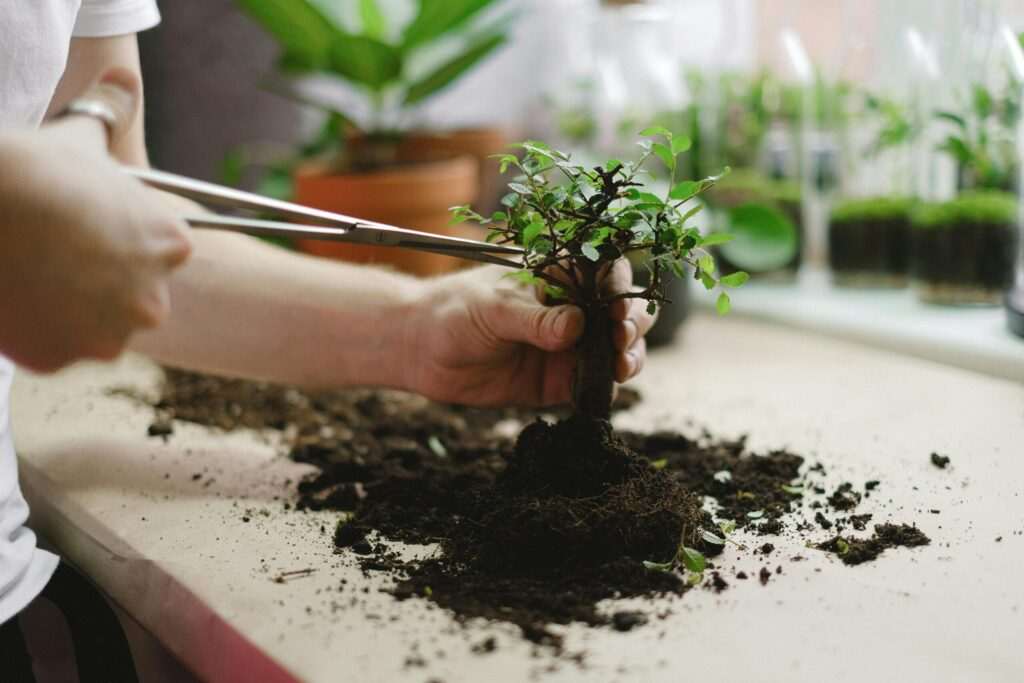Bonsai Tree Care Tips by Master Mori.
If your new to bonsai, these bonsai tree care tips to help you start your bonsai journey right:
- Watering
- Lighting
- Pruning
- Soil Mix and Repotting
- Seasonal Care
By understanding these fundamental bonsai tree care tips, you can nurture your bonsai with wisdom and patience, allowing it to thrive and reflect the beauty of nature in miniature.
This guide is for beginners who are curious, committed, and just a little confused. Don’t worry, Master Mori has seen it all—and he’s got jokes.
New to bonsai? Download Master Mori’s free beginner’s guide — your first tree will thank you
Or read Bonsai Care: The Complete Guide
What Is Bonsai Tree Care All About?
At first glance, bonsai seems like a quirky hobby. But give it time, and it becomes a meditative ritual. Bonsai tree care is more than keeping a tree alive, it’s about becoming someone who watches, learns, and waits.
You might even say it begins with avoiding these beginner bonsai mistakes.
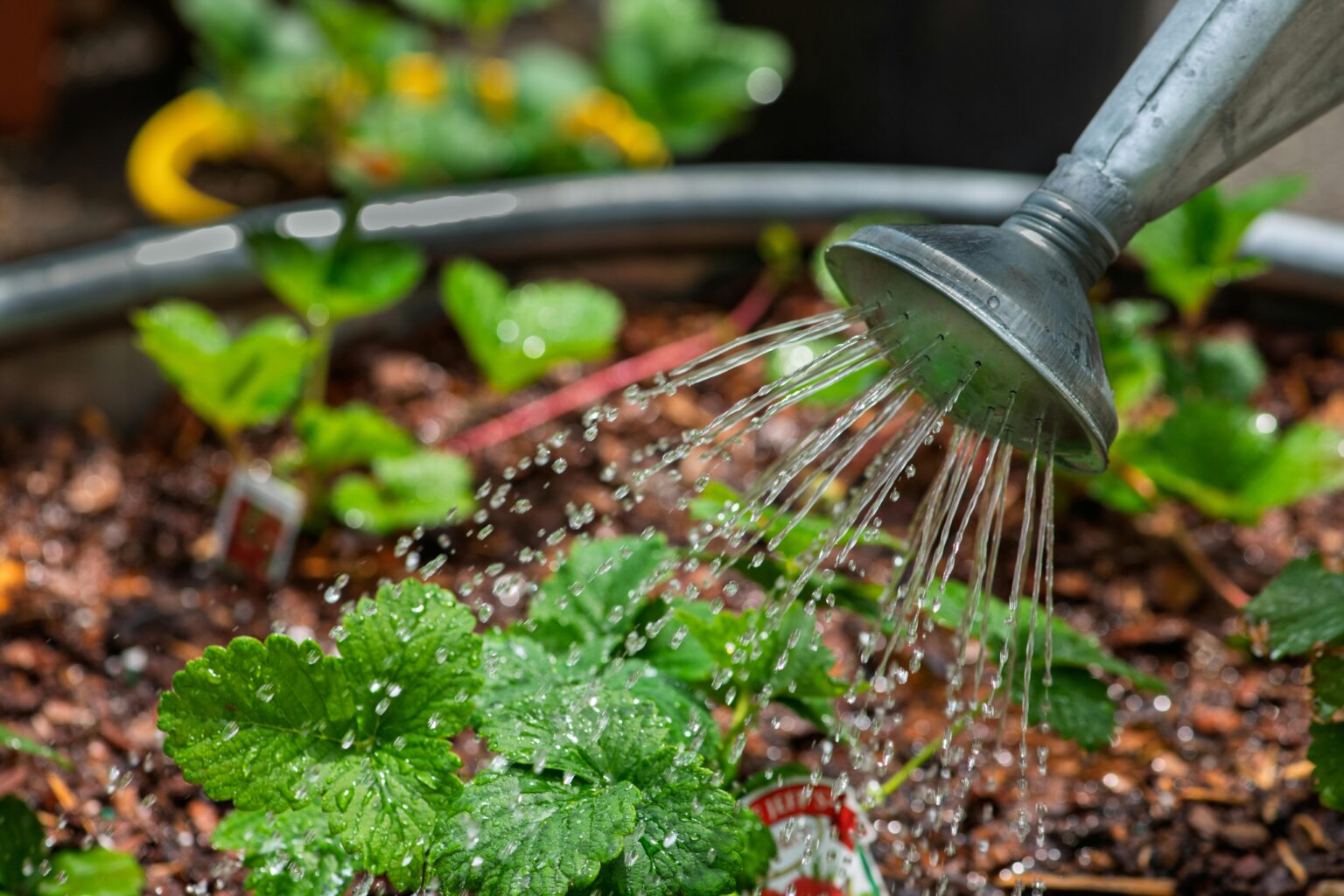
Essential Bonsai Tree Care Tips for Beginners
1. Watering Your Bonsai Tree
The first, and possibly the most important of the bonsai tree care tips is watering. “Overwater, and the roots will drown. Neglect, and the tree cries silently in thirst.”
Watering is the most misunderstood aspect of beginners bonsai care. It is not about frequency, it is about awareness.
Use the finger test: Stick your finger about an inch into the soil. If it feels dry, water your bonsai deeply until it drains from the bottom. If moist, wait. A simple, yet profound bonsai tree care tip.
General Rule:
- In summer: Water once daily or every other day.
- In winter: Water every 3–4 days or as needed.
Warning from Master Mori:
“Do not water on schedule. Water on observation. The tree does not read your calendar!”
Also, use rainwater or filtered water if possible. Tap water, rich in chlorine and minerals, may slowly poison your bonsai over time.
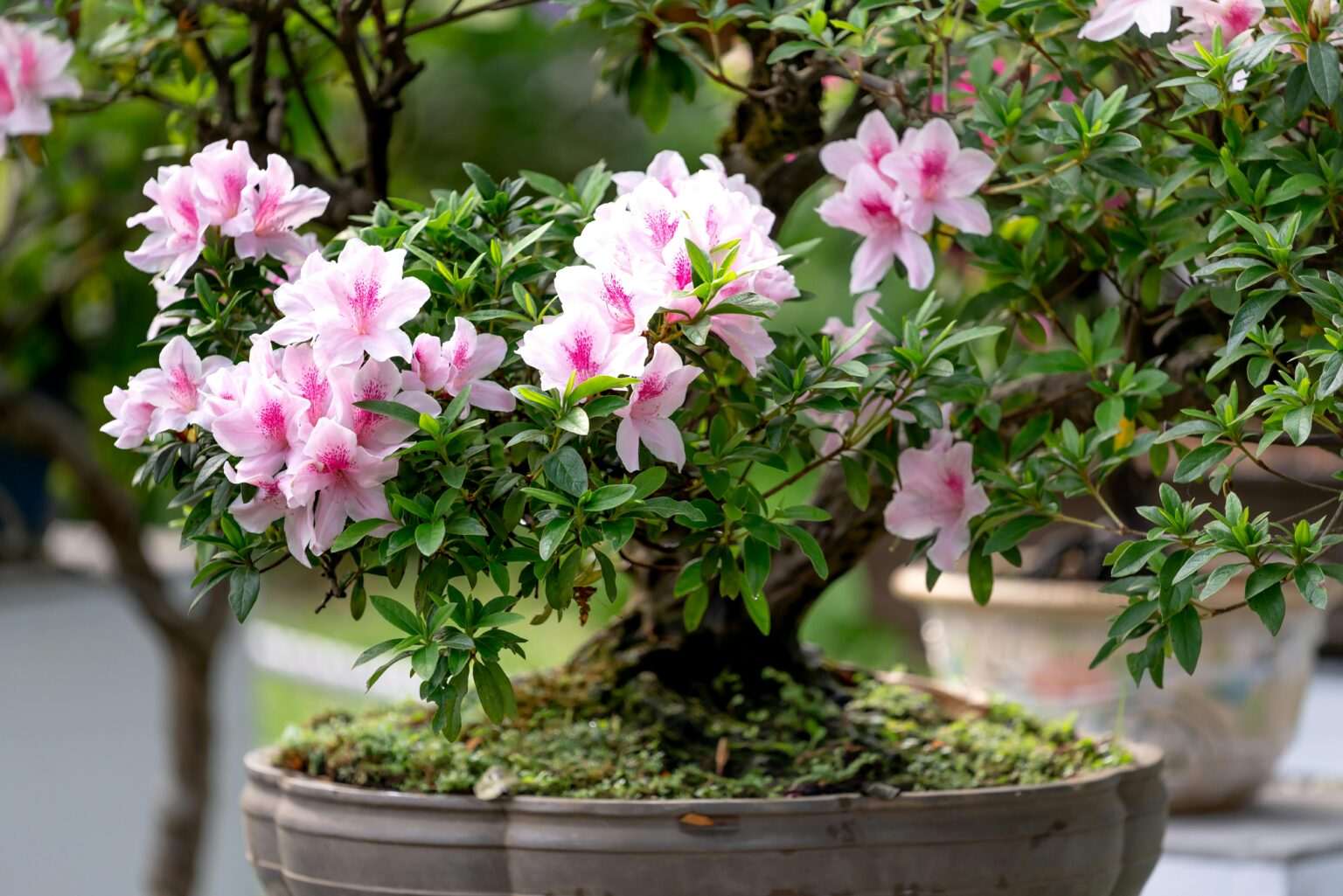
2. Sunlight and Placement
Most bonsai trees are sun worshippers. Place them in a bright spot, outdoors if possible. If you’re caring for an indoor tree, check out How to Care for an Indoor Bonsai Tree for bonsai tree care tips on light, humidity, and avoiding air-con drama.
Want the best species for your home? Best Bonsai Trees for Indoors breaks it down.
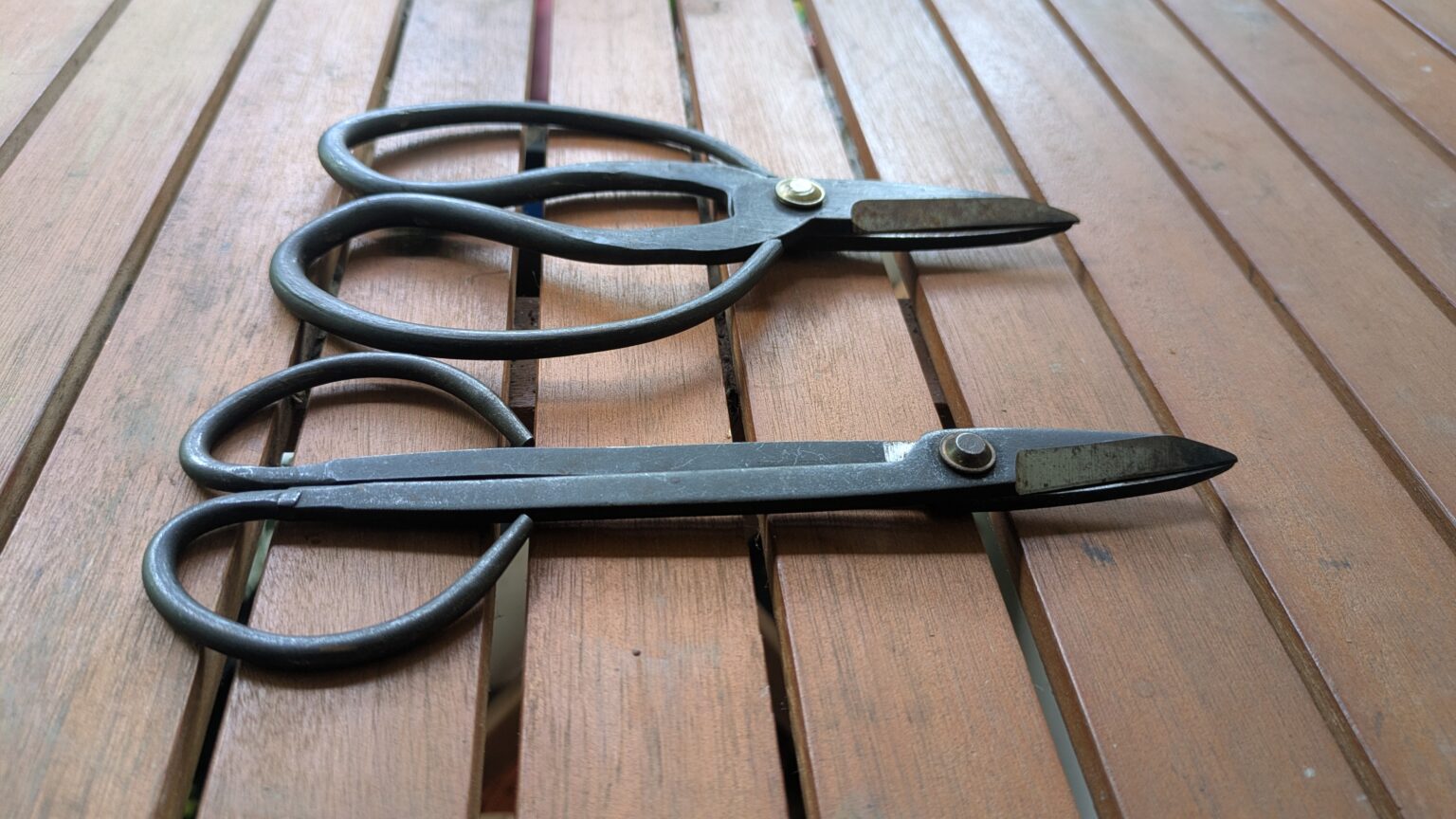
3. Pruning and Shaping
The third of our bonsai tree care tips is pruning and shaping. Should I trim my bonsai? Should I cut dead branches off?
Yes and yes—but with care. Bonsai isn’t a haircut; it’s a conversation.
For bonsai tree care tips on pruning, read our guide, How to Prune a Bonsai Tree guide for step-by-step help. And if you’re ready to learn about design principles, The Rule of 3 in Bonsai explains why odd numbers and empty space matter more than you think and will help bring balance to your bonsai.
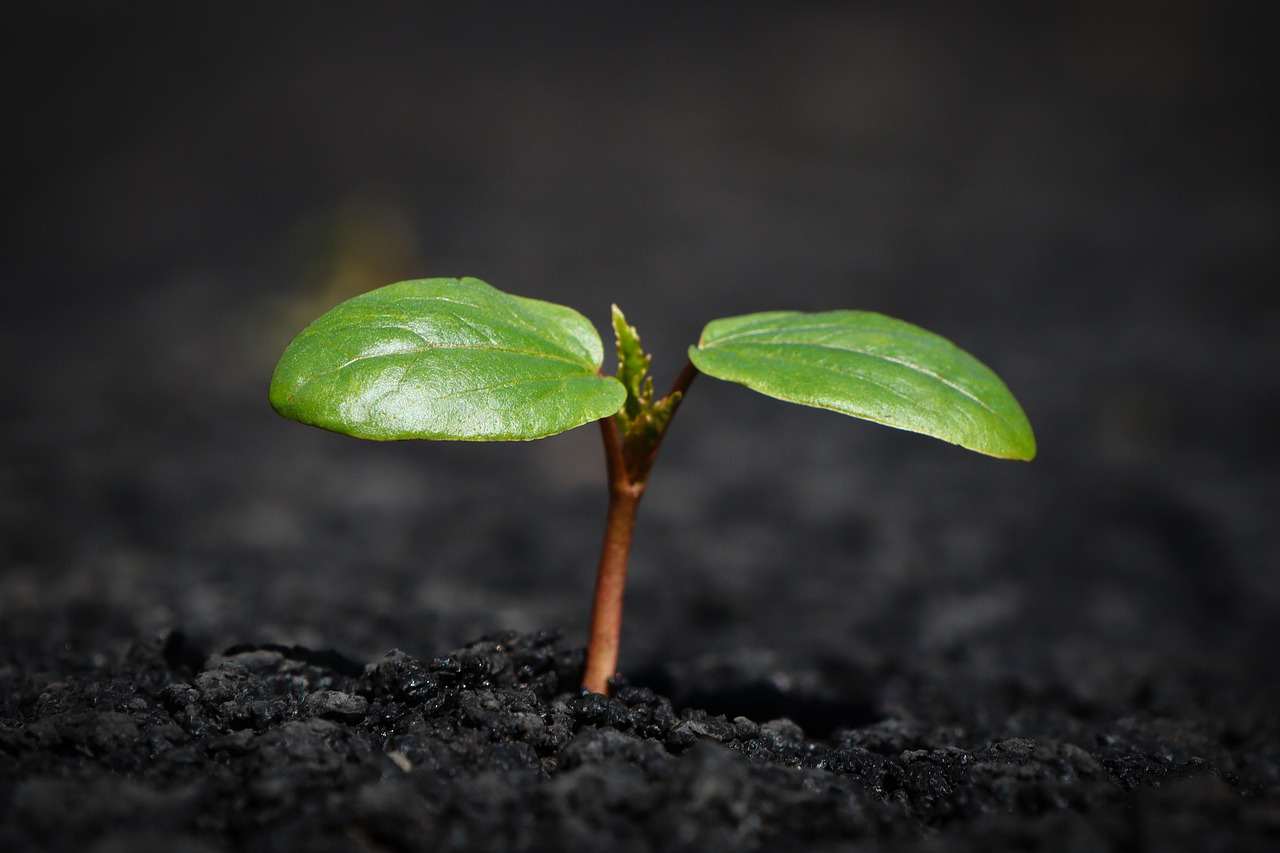
4. Soil, Fertiliser & Repotting
Don’t underestimate the forth bonsai tree care tips, bonsai soil is more than just dirt. Bonsai soil needs to drain well while holding just enough moisture. A good bonsai soil mix is loose, fast-draining, and nutrient-rich. It’s not potting mix. Look for a mix of akadama, pumice, and lava rock, or buy pre-mixed bonsai soil.
I share my secret bonsai mix in: Best Soil for Bonsai Trees: The Secret to Healthy Roots
What fertiliser for bonsai?
Use a balanced liquid fertiliser (like 10-10-10) once or twice a month during spring and summer. Ease up in winter.
For containers, we dive into choosing the right one in Bonsai Pots: The Soul Beneath the Soil. After all, a pot is more than a bowl, it’s part of the story.
Repot every 1–3 years, depending on the species and root development.
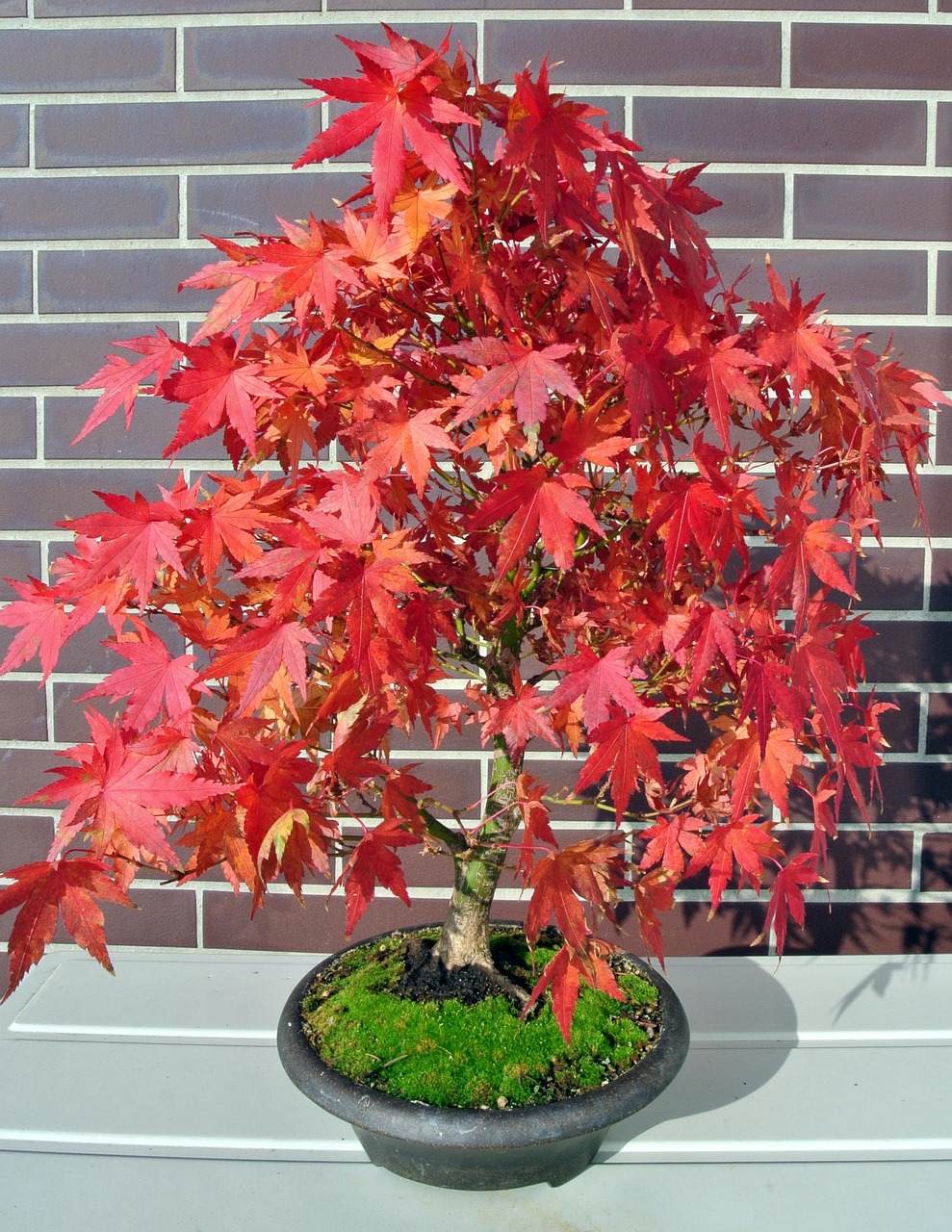
5. Seasonal Bonsai Care
In this bonsai tree tip we look at how each season brings new tasks:
Spring: Growth explosion—time to prune, feed, and repot
Summer: Thirsty days—watch for dry soil and sneaky pests
Autumn: Gentle trims and prep for dormancy
Winter: Slow down, reduce watering, and let the tree rest
Thinking about species that suit your local climate? Start with Australian Bonsai Trees for some hardy, home-grown inspiration.
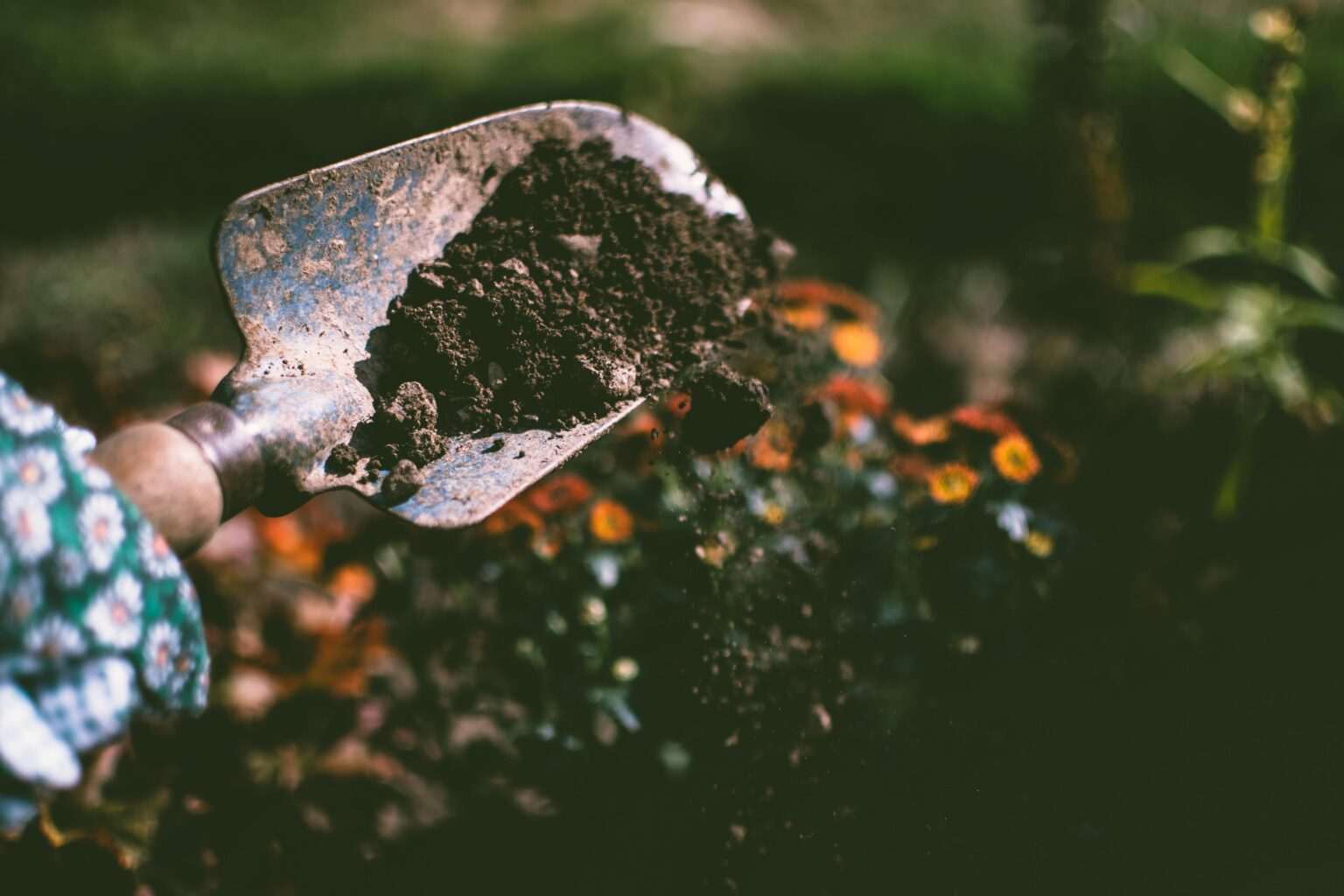
Bonus Tips
Feeding – A Sip of Strength
“Even the strongest tree needs tea now and then.”
Fertilize during the growing season: spring to early autumn.
Choose a balanced liquid fertilizer (NPK: 10-10-10 or similar). Dilute to half strength to avoid root burn. Organic options like fish emulsion or seaweed extract are also gentle and effective.
Master Mori’s Seasonal Wisdom:
- Spring: High nitrogen to boost growth.
- Summer: Balanced nutrients.
- Autumn: Lower nitrogen, more phosphorus and potassium to prepare for dormancy.
In winter, most trees rest. Let them.
How to Care for an Indoor Bonsai
Indoor trees need more micro-management than outdoor ones. They crave light, dislike drafts, and dry out faster.
Our full guide—How to Care for Indoor Bonsai Tree—covers everything from placement to humidity tricks. And if you’re shopping, browse Buying Your First Bonsai this bonsai tree care tip will make sure you don’t fall for the wrong tree at the garden centre.
Repotting Your Bonsai: When, Why, and How Not to Panic
Ah, repotting. It’s not glamorous, but it’s essential. While pruning gets all the attention, repotting is the secret behind every healthy, long-living bonsai. Think of it as your tree’s quiet reset button—the botanical equivalent of a digital detox.
“To stay small, one must move often.” – Master Mori
Why Repot at All?
Beneath the mossy surface, your bonsai’s roots are working overtime. Over time, they get tangled, compacted, and downright cranky. Repotting gives them room to breathe, grow, and thrive again. It’s not just about fresh soil—it’s about root health, hydration, and balance.
If your bonsai is starting to struggle, slow down, or refuse to absorb water, it might be time to repot—or at least investigate. You can learn how to spot the early warning signs in Why Is My Bonsai Dying (and How to Save It)?
When Should You Repot a Bonsai Tree?
Here’s a general guide:
Young trees (still in training): every 1–2 years
Mature bonsai (refined or styled): every 3–5 years
Indoor species: depends on growth rate, but check yearly
Want to know which species need more frequent attention? Our Best Bonsai Trees for Beginners breaks down the low-maintenance vs high-maintenance options, while the Best Bonsai Trees for Indoors can help you plan for indoor-friendly schedules.
How to Repot a Bonsai Without Screaming Into the Soil
Repot in early spring, when the tree is just waking up from dormancy
Gently remove the tree and tease out the roots using a beginner bonsai tool kit
Trim 25–30% of the roots (use sharp root shears—don’t butcher them)
Replant using the right soil mix (here’s what you need to know)
Place your tree back in its pot, ensuring good drainage and root spread
Water thoroughly and let it recover in dappled shade for a few weeks
Need help choosing the right container? Dive into Bonsai Pots: The Soul Beneath the Soil for tips on pairing pot and tree—not just for health, but for visual harmony too.
Mori’s Tips for a Peaceful Repotting Day
Never repot a tree that’s flowering, save that drama for pruning season
Use a chopstick to eliminate air pockets while packing soil
Don’t fertilise immediately after repotting, your tree just had surgery
Mist the foliage lightly during recovery, especially for indoor bonsai (check How to Care for Indoor Bonsai Trees if you’re not sure what your ficus needs after the upheaval)
“The tree that changes its soil learns to grow again.” – Master Mori
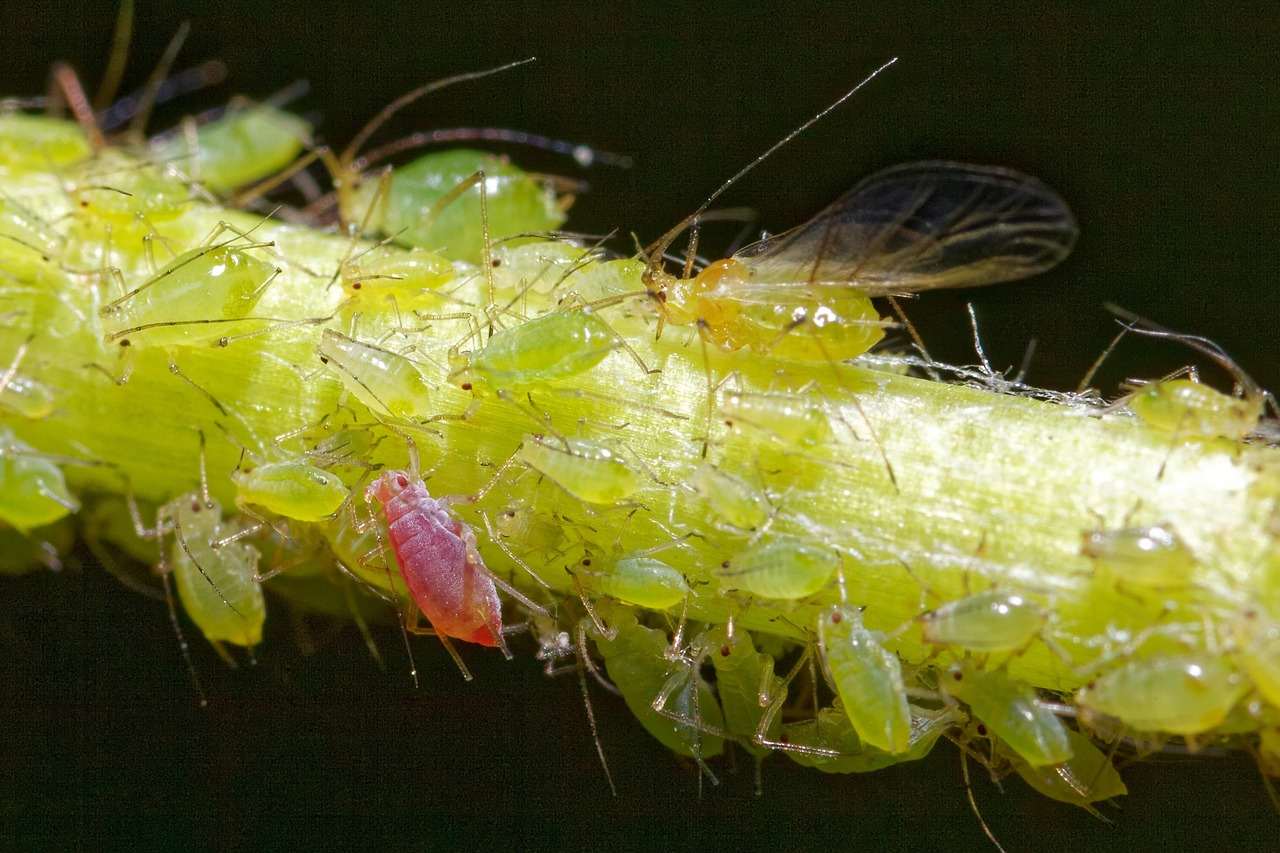
Pests & Problems – The Tiny Foes of Beginners Bonsai Tree Care
“Aphids, like gossip, spread fast and bring ruin.”
Check regularly for:
- Aphids
- Spider mites
- Scale insects
- Fungal spots
Wipe leaves with a damp cloth. Use neem oil or insecticidal soap if needed. Avoid harsh chemicals — we seek balance, not war.
Yellowing leaves? Could be overwatering. Drooping branches? Maybe under-watering or poor light. Observe, adjust, and learn.
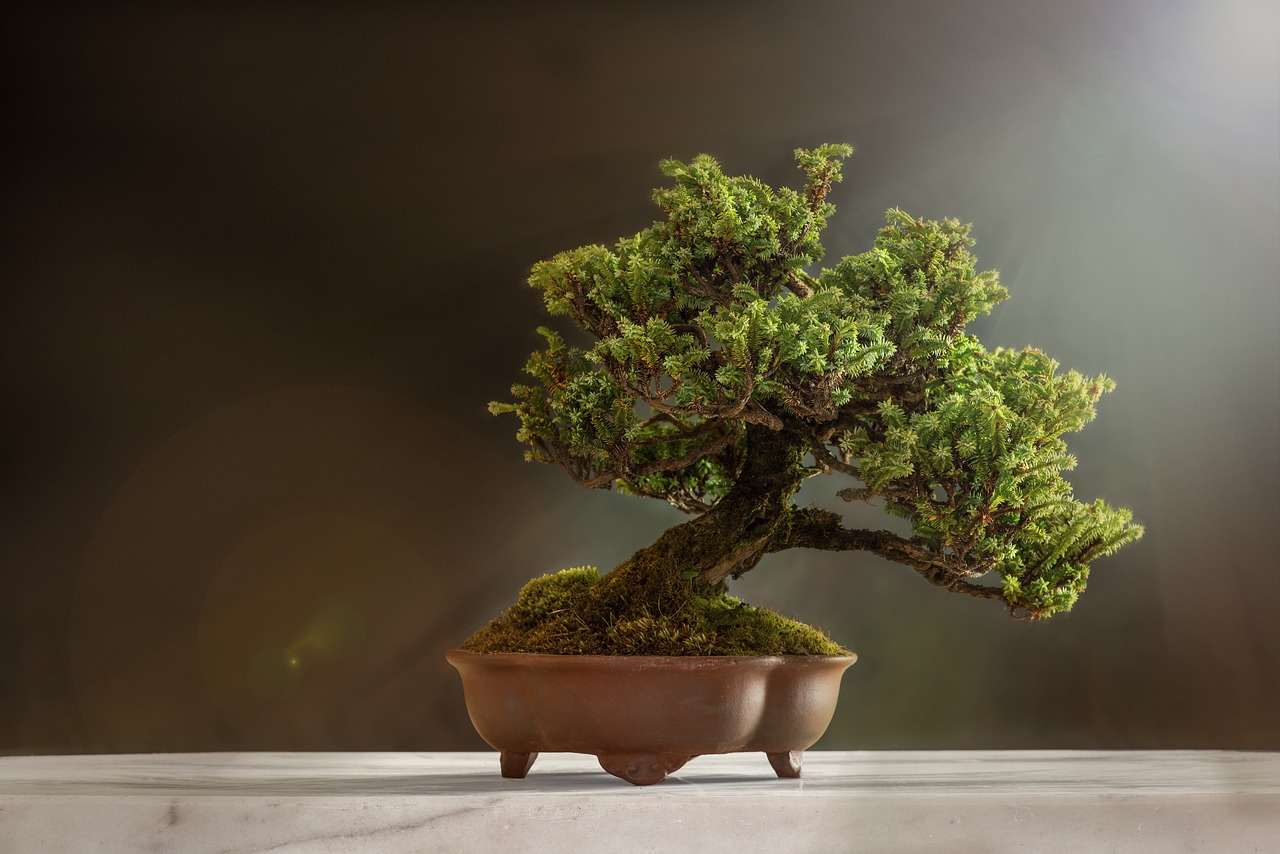
Common Bonsai Care Mistakes (and the Lessons They Teach)
- Overwatering — most common killer. Trust the soil, not the clock.
- Lack of light — indoor bonsai still need brightness.
- Wrong soil — drainage is everything.
- Neglecting pruning — bonsai is active care, not passive.
- Impatience — trees grow slowly. Breathe. Enjoy.
Master Mori says: “The tree will not grow faster because you stare harder. Brew tea instead.”
Read More: Top 5 Beginner Bonsai Mistakes: You could be killing your bonsai
Recommended Tools for Bonsai Care
If you’re just getting started, these basics will do:
Bonsai Tree Care Tips Frequently Asked Questions
Q. What are the most important bonsai tree care tips for beginners?
A. The most important tips are: provide adequate light, avoid overwatering, prune regularly to maintain shape, repot every 1–2 years, and choose the right species for your environment. These fundamentals lay the foundation for a healthy, thriving bonsai tree.
Q. How often should I water my bonsai tree?
A. Water your bonsai when the top 1–2 cm of soil feels dry to the touch. Never follow a fixed schedule — instead, observe your tree’s needs based on light, temperature, and humidity. Overwatering and underwatering are both harmful.
Q. Do indoor bonsai trees need sunlight?
A. Yes, indoor bonsai trees need bright, indirect sunlight to grow well. Placing your bonsai near a sunny window or using a full-spectrum grow light will help it thrive. Insufficient light leads to weak, leggy growth.
Q. What’s the best bonsai tree for beginners?
A. Ficus, Chinese Elm, and Jade are great bonsai species for beginners. They’re resilient, adapt well to indoor environments, and can tolerate beginner mistakes while you learn the art of bonsai tree care.
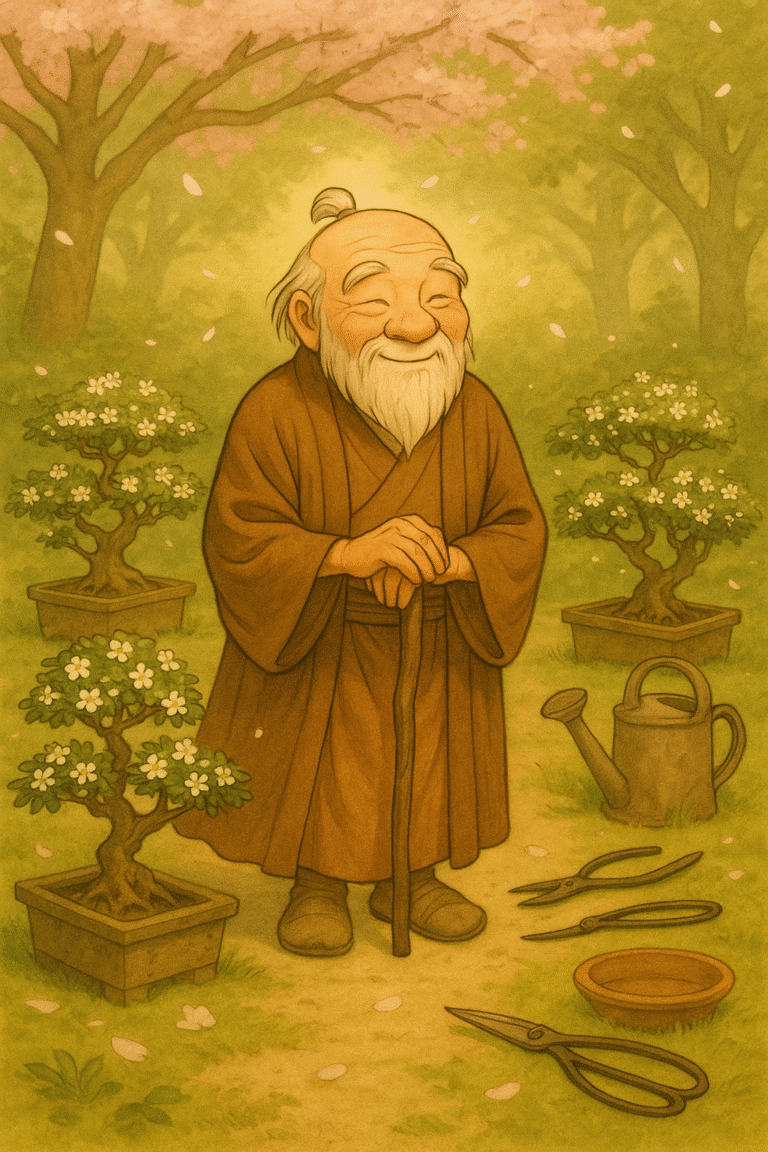
- Master Mori’s Closing Words for Bonsai Care
“You do not own a bonsai tree. You are its guardian, its student, its friend.”
Caring for bonsai is a lifelong path — one of patience, humility, and quiet joy. Do not rush. Observe your tree. Sit beside it. Listen to the lessons it whispers in the breeze.
And if ever you doubt, return to these words. I, Master Mori, will be here — pruning a branch, sipping tea, and smiling beneath the Serissa.
Walk the path of bonsai.
Explore More Bonsai Wisdom — All Articles
Take the next step on your bonsai journey. Below you’ll find every article we’ve published, thoughtfully grouped for easy discovery.
Beginner Guides
Bonsai Techniques & Tools
Species-Specific Care Guides
New to Bonsai? Subscribe to our newsletter and download our free guide. Master Mori’s Will Show You the Way

